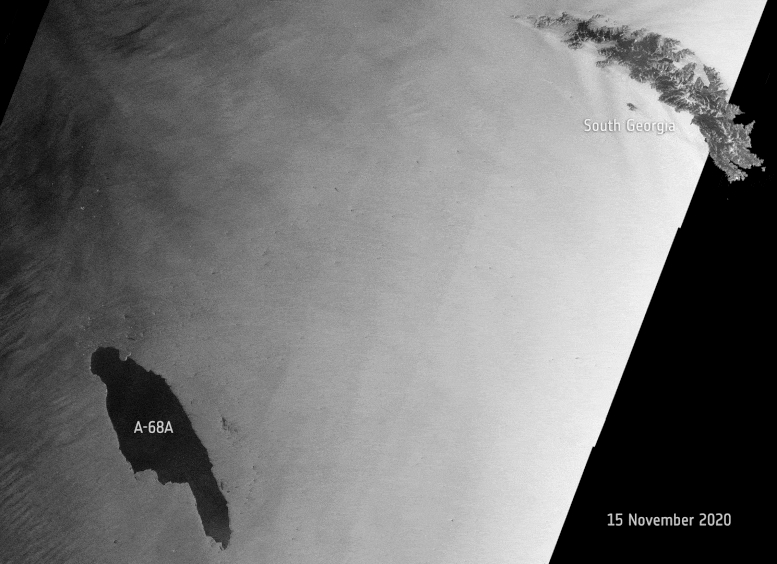
An enormous iceberg, called A-68A, has made headlines over the past weeks as it drifts towards South Georgia in the Southern Ocean. New images, captured by the Copernicus Sentinel-1 mission, show the berg is rotating and potentially drifting westwards. Credit: Contains modified Copernicus Sentinel data (2020), processed by ESA
An enormous iceberg, called A-68A, has made headlines over the past weeks as it drifts towards South Georgia in the Southern Ocean. New images, captured by the Copernicus Sentinel-1 mission, show the berg is rotating and potentially drifting westwards.
In July 2017, the lump of ice, more than twice the size of Luxembourg, broke off Antarctica’s Larsen C ice shelf – spawning one of the largest icebergs on record. Now, three years later, the A68A berg is being carried by currents in open waters – thousands of kilometers from its birthplace.
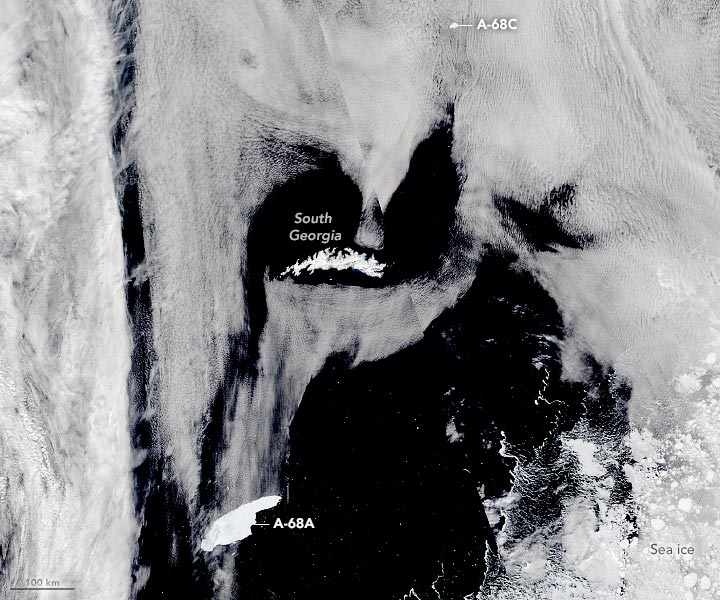
Iceberg A-68A seen closing in on South Georgia, a remote island in the southern Atlantic Ocean, in this image taken by the Moderate Resolution Imaging Spectroradiometer (MODIS) on NASA’s Terra satellite on November 5, 2020. Credit: NASA Earth Observatory image by Lauren Dauphin
The Copernicus Sentinel-1 mission’s latest acquisition, captured on 25 November, shows the berg’s eastern tip is now just 255 km (158 mi) from South Georgia. If the iceberg were to reach the island’s shores, it could potentially ground in the shallow waters offshore and threaten wildlife, including penguins, seals, and krill.
As these animals need access to the sea to feed, the iceberg could easily block their foraging routes – preventing them from feeding their young. It could also disturb the ecosystem below by crushing animal and plant life on the seafloor.
Satellite missions are being used to track the berg on its journey over the past three years. The Sentinel-1 radar mission, with its ability to see through clouds and the dark, has been instrumental in mapping the polar regions in winter.

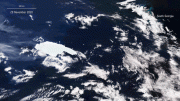
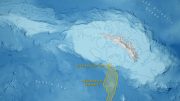
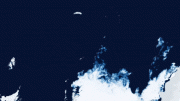
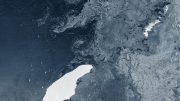

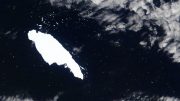
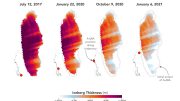
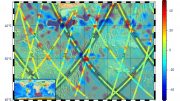
Climate fear-mongering at its finest. “If this happens, then that undesirable outcome must follow.” Usually, the undesirable outcome is some negative impact on “the children”; children in South Georgia presumably don’t cavort in those icy waters, so another undesirable outcome had to be found — how the iceberg might affect wildlife too inflexible in their response to a changing environment to avoid the berg. If living creatures are really so stupid as this suggests, it’s a wonder there is any life left on this planet given the wild climate perturbations of the Quaternary.